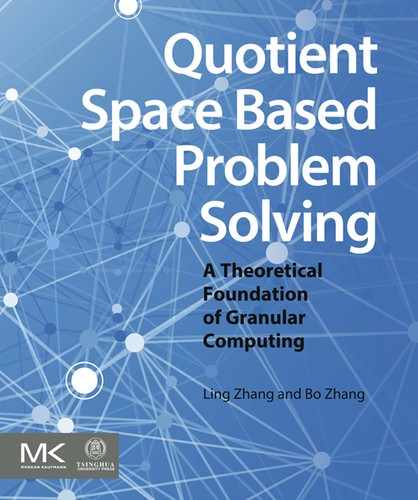2.6. Conclusions
In this chapter, we have discussed the hierarchical analysis strategy in human problem-solving activities. We also show that by the strategy, the computational complexity can be reduced. Over the last decade, a number of physiological studies in brain have established several basic facts about the cortical mechanisms of visual perception. One of the main characteristics is the hierarchical architecture, for example, from the primary visual cortex (V1) to the inferotemporal cortex (IT), there is an increase in the size of the receptive fields (Serre et al., 2007). Namely, the visual information processing in human brain is also in a hierarchical way, i.e., from the fine level (primary cortex with small receptive fields) to the coarse level (inferotemporal cortex with large receptive fields) or vice versa. In a recent article, Yao et al. (2012) showed that ‘hierarchy of information granules supports an important aspect of perception of phenomena…’ So the issues discussed in the book are not only available to human deliberative behaviors but also to perception.
The hierarchical analysis strategy has also been adopted in machine learning, for example, deep learning, deep belief nets, etc. By using multilayer networks, more complex patterns can be learned effectively. Deep learning methods have been applied to pattern recognition and language processing, and have made some progress (Hinton et al., 2006; Benjio et al., 2007; Hu et al., 2012).
..................Content has been hidden....................
You can't read the all page of ebook, please click here login for view all page.
